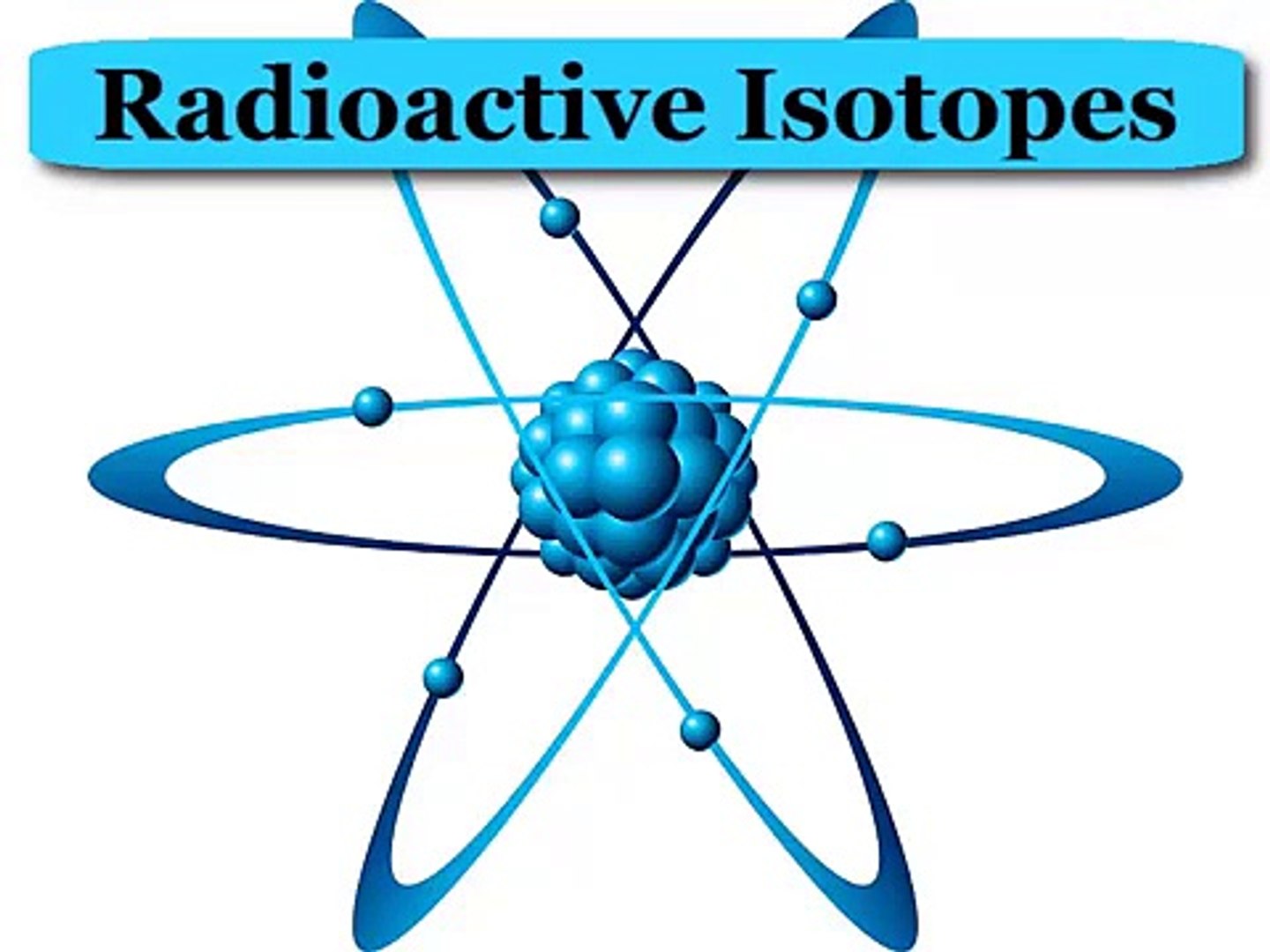On this day in 1936, December 24th, the first radioactive isotope was used to treat disease in humans, heralding the birth of much-needed nuclear medicine.
Ernest Lawrence was an American physician and physicist who was later awarded a Nobel Prize in Physics for inventing the cyclotron and recognizing radioactive isotopes’ medicinal potential. However, the critical step was recruiting his hematologist brother, John, who was on the faculty of Yale Medical School, to assist in researching the field’s possibilities and then establishing and administering treatment methods.
John Lawrence’s first treatment was a leukemia patient 28-year of age. He administered a radioactive isotope of phosphorus-32, which was created in John’s cyclotrons while working from Donner Laboratory based in Berkeley, California.
The tracers created by the isotope were employed both therapeutically and diagnostically, and soon after, their Donner Lab was producing other radioisotopes for radiation treatment, including thallium-201, technetium-99, fluorine-18 and carbon-14. These radioisotopes remained among the routinely utilized radionuclides.
Initially, radiotherapy didn’t prove much efficient in administering illnesses such as cancer and leukemia. This presages the emergence of the discipline of radiology, which symbolizes a maturity of the process that began at the Donner Lab Berkeley, California. Modern radiological treatments are particularly successful in various disorders treatment, and medical imaging is a key tool for diagnosis.
Today, research is focused on receptor scintigraphy, the use of radiopharmaceuticals. Nuclear medicine will remain vital as long as it attracts and retains qualified personnel. As a result, John Lawrence is known as the “Father of Nuclear Medicine.”

